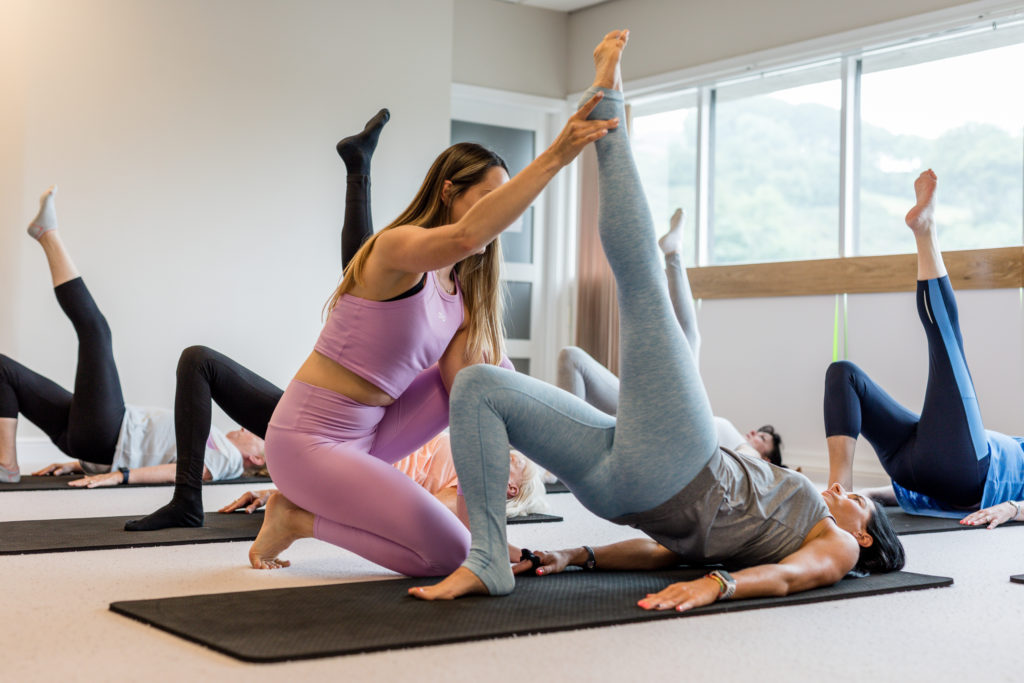A match made in body mechanic heaven

The combination of physiotherapy and pilates has come about because the two have very similar aims that focus on maximum recovery and continued well-being of the body.
Sanchia Ferreira, physiotherapist at Sanchia Ferreira Physiotherapy, explains why it has almost become necessary to combine these two disciplines.
What physiotherapy and pilates can help with
“As a physio, I aim to promote and maintain maximum movement and functional ability of a person through a variety of methods. These methods include exercise, manipulation, electrotherapy, education, soft tissue release, posture correction and alignment.”
Sanchia Ferreira then explains what pilates is all about:
“Pilates, an age-old form of exercise, aims to build stamina, flexibility and core strength. This is done through low impact conditioning exercises.” Pilates aims to protect the spine and correct a person’s posture to create an equality in the body, which helps to prevent injury.
Take an athlete, for example. If this athlete trains and trains and trains without protecting and strengthening the muscles they’re using, the chances of them succumbing to an injury are very high. The same goes for someone who has hurt themselves, say, twisting an ankle walking down stairs. If this person carries on walking on the ankle without rehabilitating this injury, it is likely that the injury will get worse and worse.
The process of combining physiotherapy and pilates
Combining physiotherapy and pilates allows for maximum recovery and continued well-being.
The process would begin with you visiting Sanchia Ferreira for an assessment. This will enable Sanchia to figure out what might be causing your pain or ailments. You can even book an assessment if you are wanting to maintain good physical condition and body alignment. Sanchia is able to treat any acute pain caused by body mechanics, like scoliosis, or sports injuries like a pulled hamstring, or trauma injuries caused by an accident, like whiplash. This is known as the acute phase.
Once Sanchia has treated the pain you’re experiencing and the sensitivity of your injury has decreased, taking up pilates is recommended for numerous reasons. This is part two of the process of combining physio and pilates, known as the maintenance phase. This phase will help you to avoid future injuries.
The benefits of taking up pilates once treated by Sanchia as a physio are endless. She explains a few to us:
“As a physio, I know that when I give my patients exercises to do at home, they rarely stick to the exercise programme. We’re all guilty of promising to do our exercises but the reality is that we often forget about the exercises, and more often than not, the same injury will creep up on us again.”
“People are more inclined to come to a group Pilates class, where they’ll be given a chance to do these strengthening exercises in workout routines,” Sanchia explains.
Sanchia is also able to then watch her clients during the pilates class and correct the client’s posture and form when necessary.
“Pilates is also more cost effective,” says Sanchia. For example, one physio session might equal to three pilates classes. The benefit also extends to receiving a bang for your buck!
Overall, pilates will help you to maintain what Sanchia, as a physio, has worked to achieve. This relates to good alignment and improved physical strength, in order to prevent an injury from reoccurring.






